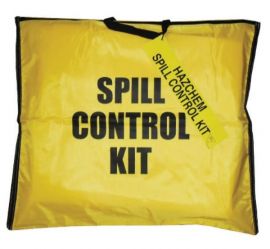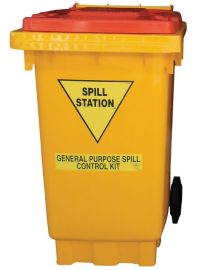The Right Ways To Handle A Spill
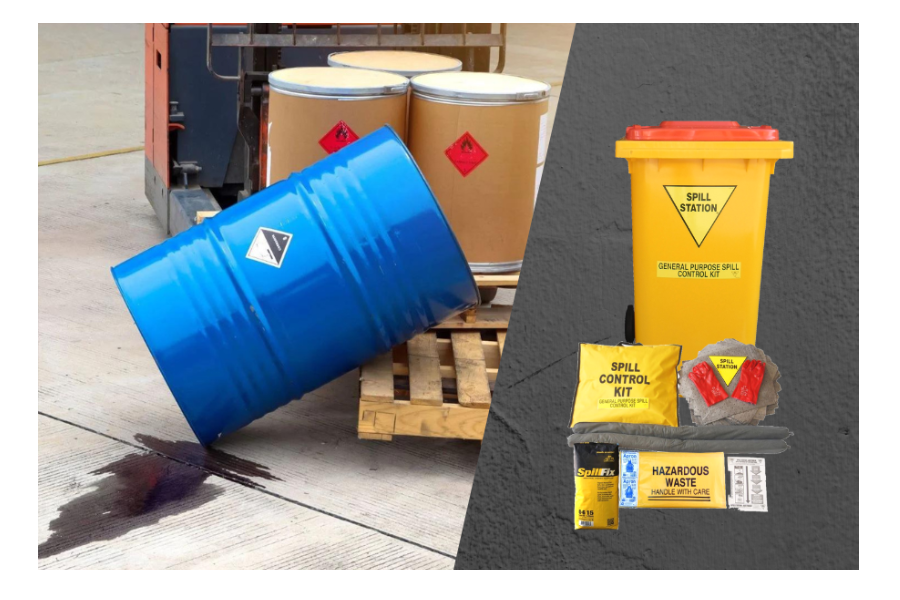
Nowadays, spills are a common occurrence in many industries. A spill can be caused by equipment failure, a leaking container, improper storage, or handling of a container. Spills can pose significant environmental damage and health risk to people. Hence, such leaks and spills of hazardous materials such as toxic, corrosive, radioactive or flammable substances must be cleaned up immediately with proper safety measures and procedures in place to avoid any potentially fatal accidents. To keep your facility safe and ensure quick clean-up of any potential spills, here are the 10 essential steps for handling spills safely and efficiently.
What to do when a spill occurs?
 |
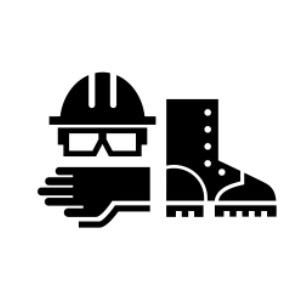 |
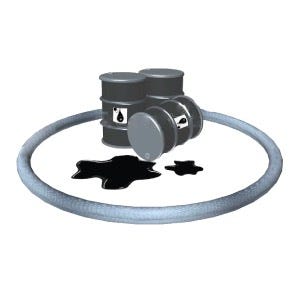 |
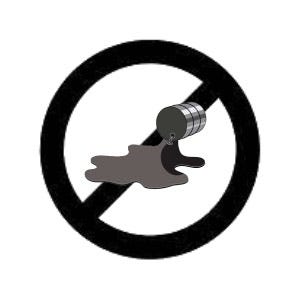 |
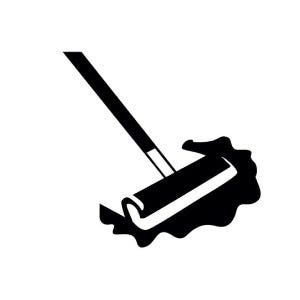 |
|
Risk Assessment Identify the source and type of material spilled, the extent of the spill and whether the leak has stopped. If the spill is life threatening, contact your local authorities for further assistance.
|
Protective Clothing Protect your employees with proper protective clothing after determining the spill or the spill is manageable. Wear the appropriate Personal Protective Equipment (PPE) for the situation immediately such as respirators, gloves, boots, and safety goggles. If the source or the materials not identifiable, assume the worst. |
Containment Contain the liquid and seal drains by limiting its spread and exposure. This can be done by utilizing the right equipment to prevent the spill from spreading such as spill kits and spill absorbents. Ventilate an area if appropriate to release any potential fumes. |
Stop the Source Close or tighten the valves, patching a leaky hose, draining a tank, up-righting the container, rotate punctured drums and plug leaks where it is possible and safe to do so. Liquids should be transferred from the damaged container to a new one once the leak has been stopped. |
Clean Up the Spill Clean up the spilled liquids safely with appropriate absorbents. Simply place the absorbents on the spilled area to absorb spilled liquids. Oil Absorbents, for example, have the unique property of repelling water and only absorbing oils and fuels. |
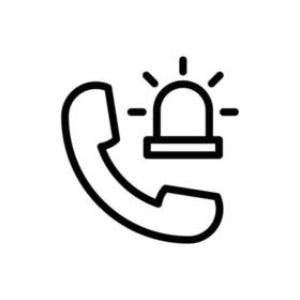 |
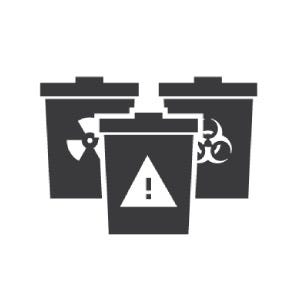 |
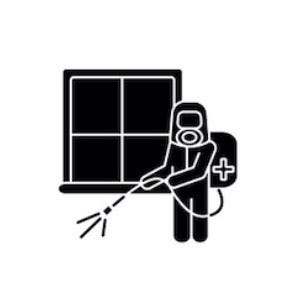 |
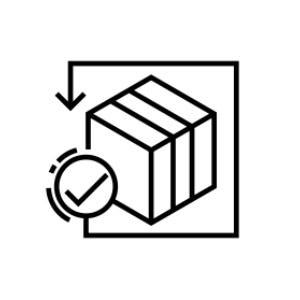 |
 |
|
Contact Authorities Report this spill incident to the proper legal authorities in your community. Completing all necessary reports in accordance with local laws is a must. |
Disposal of Used Material Absorbent materials acquire the characteristics of what they have absorbed. Ensure that spilled liquids, used absorbents and personal protective equipment are disposed of in a safe manner and accordance with local laws. |
Decontaminate To decontaminate the site, personnel, and equipment, remove or neutralize the hazardous materials that have accumulated during the spill. Clean up all the tools and reusable materials properly before reuse. Decontaminate and wash the spill area surfaces with soapy water and wet sponge. Contaminated tools and non-disposable personal protective equipment should be safely decontaminated. |
Restock Materials Restock any spill clean-up supplies that you may have used from any spill kits. |
Review Contingency Plans and Procedures
Review or develop plans for preventing, controlling, and responding to spills. To prevent any spills, this comprehensive and specific plan should describe both the necessary containment and countermeasures. A spill intervention procedure should be outlined in this plan. |
In addition, if you are not familiar with the spilled liquids and its chemical properties, vacate the area and contact proper authorities in your community for further assistance.
Every facility should develop an effective and comprehensive spill response plan to prevent potential accidents from becoming a disaster, facilitate a quicker clean-up and reduce your liability should an accident occur. Spill response plans should be in place for every possible scenario and for every type of spill, with trained personnel on hand at all times. It is essential to follow your facility’s procedures and provide training programs for all employees to ensure contingency plans for emergencies.
Chee Fatt has decades of experience in distributing a wide range of quality and reliable spill products and safety products from renowned brands to meet any spill requirements. From personal protective equipment (PPE) to spill kits, Chee Fatt covers a large ranges of products for your needs. Explore our official website to discover more.
Spill Products: bit.ly/3XDSgWH
Personal Protective Equipment: bit.ly/3ItOfw6
References
https://www.cepsorbents.com/resources/7-steps-to-spill-response/
 736
736





